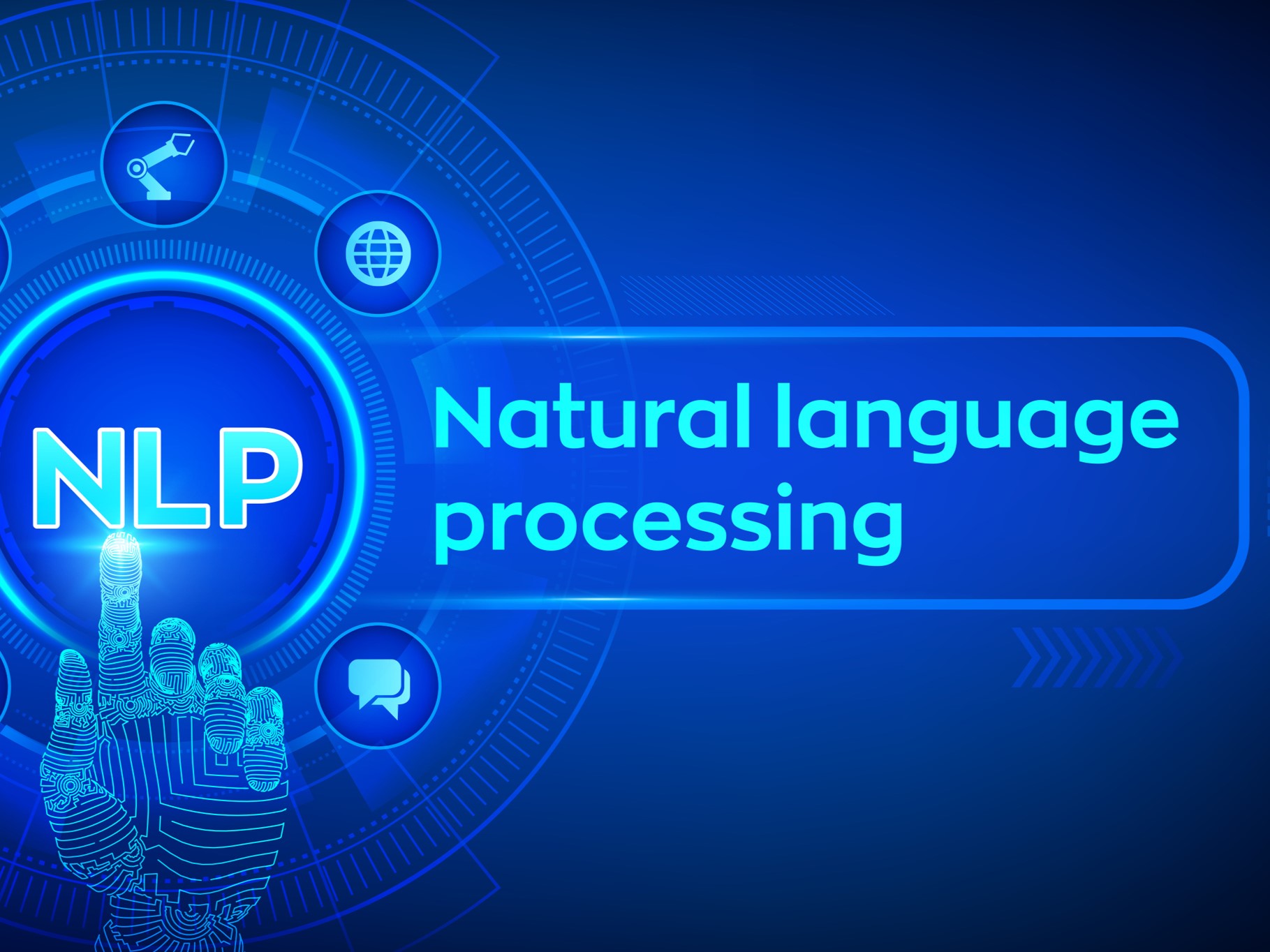Description
Natural Language Processing (NLP) is a critical area of artificial intelligence focused on enabling machines to read, interpret, and respond to human language. This course provides a comprehensive introduction to the core techniques and challenges of NLP. You’ll learn about tokenization, stemming, lemmatization, part-of-speech tagging, named entity recognition, and syntactic parsing. You’ll also explore the use of word embeddings, n-gram models, and more advanced approaches like transformers and pre-trained language models (e.g., BERT and GPT). Using Python libraries such as NLTK, spaCy, and Hugging Face Transformers, you’ll implement real-world NLP applications like sentiment analysis, text classification, and chatbot integration. The course includes practical lab exercises and small projects that solidify your understanding. Moreover, it explores the broader implications of language AI, such as cultural biases in language models and multilingual challenges. Whether you’re a beginner or looking to enhance your machine learning skillset, this course offers the perfect gateway into NLP.






Janet –
This course helped me better communicate with our data science team and understand how NLP powers our search and recommendation systems. It bridges the gap between tech and strategy perfectly.
Fatai –
I’ve watched dozens of tutorials online, but this course connected the dots better than anything else. Clear explanations, real-world examples, and useful coding exercises throughout.
Bolaji –
This course gave me a solid foundation in NLP, from tokenization to sentiment analysis. The hands-on Python projects made complex concepts easy to grasp.
Effiong –
The course helped me understand how to build NLP models for chatbot development. It also introduced me to powerful libraries like spaCy and NLTK.
Uzoma –
As someone from a non-technical background, I appreciated how the course broke down technical jargon. I now understand how NLP tools process language—and I can even build my own basic models!